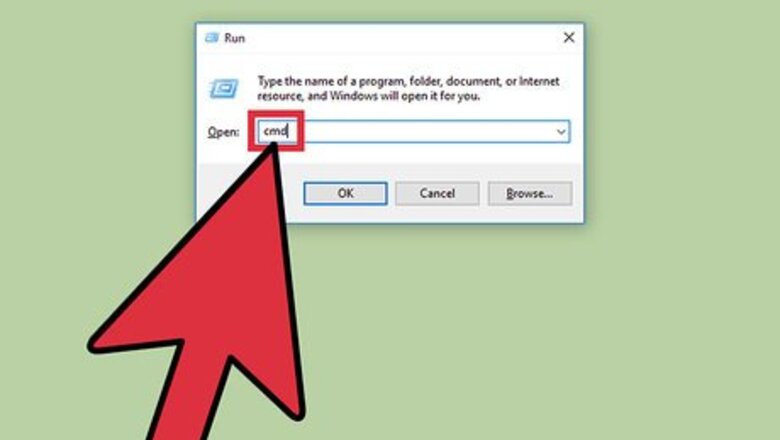
views
Changing the Opacity of the CMD Window
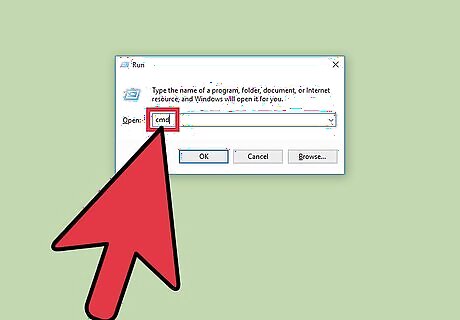
Access CMD. Press and hold the Windows key and press R. A small box should pop up in the lower left-hand side of your screen. Type “CMD” into it and then hit Enter. A small black window will appear; this is CMD.
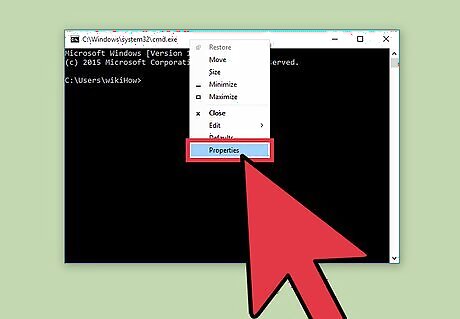
Open the Properties. Right-click the bar at the top of the window, and select “Properties” from the context menu.

Disable Legacy Mode. At the bottom of the Properties box will be a checkbox that says “Use legacy console (requires relaunch).” Uncheck this box, then hit the “OK” button and close CMD.
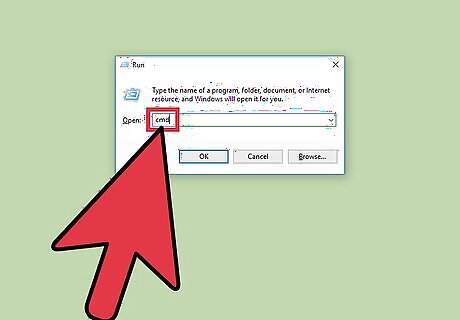
Access CMD Properties again. Launch CMD as described earlier, and open the Properties box once more.
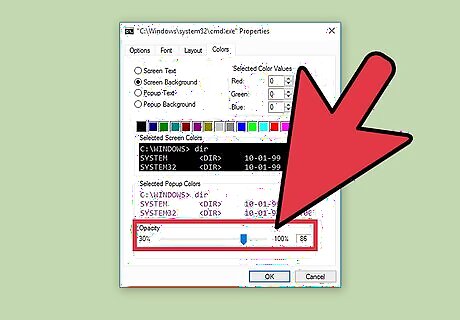
Adjust opacity. There should be four different tabs on the top of the properties box. Click the Colors tab. At the bottom you should see a slider inside a box with the header “Opacity.” Adjust the opacity to the level you like. You will notice the level of transparency will change as you adjust. Click “OK” when you are finished.
Changing the Text Color in CMD
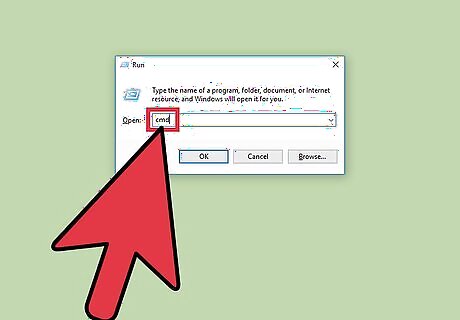
Access CMD. Press and hold the Windows key and press R. A small box should pop up in the lower left-hand side of your screen. Type “CMD” into it and then hit Enter. A small black window will appear; this is CMD.

Learn some commands. CMD is run through a command line. You need to enter specific commands to start changing anything. One cool command to start with is the “color” command. The color command has the power to change the way to look at your current CMD display. For instance, if you type “color 0a,” your text will turn green and your background will stay black. If you would like a complete list of colors and how to use the command further, type in “color /?”.

Run commands for changing the text color. Inside the CMD window, you should see a blinking underscore. When you start typing, this is where you will be able to see your command being entered. Enter the command you want to use to change the text color. Once you have finished typing the command, go ahead and hit the Enter key, and the command will run. When you are all done, your settings should be completely saved, so the next time you run CMD you should see the the new colors you set. Placing the switch “/?” at the end of any command will give you the help file for that command. This should include all switches and the syntax of the command.
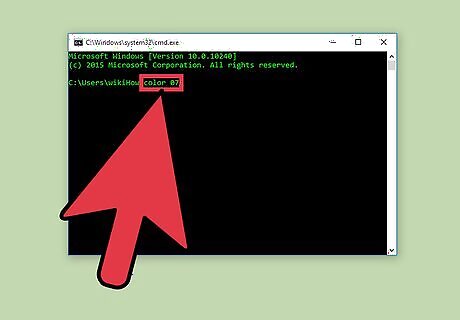
Return to default color. If you’re not satisfied with the color changes you made and would like to return everything to default, simply go into Properties again, and on the “Options” tab, check the box on the bottom next to “Use legacy console,” Then relaunch CMD. The color of the text may be the same still, but just enter “color 07,” and hit Enter. It should return to black background with white text.
Changing the Title Bar

Access CMD. Press and hold the Windows key and press R. A small box should pop up in the lower left-hand side of your screen. Type “CMD” into it and then hit Enter. A small black window will appear; this is CMD.
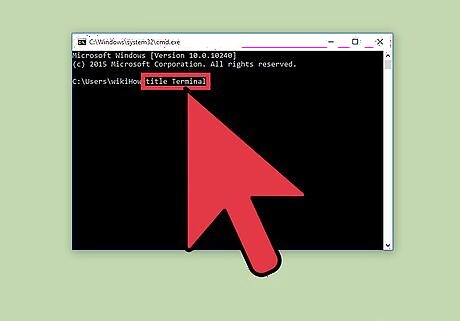
Learn some commands. CMD is run through a command line. You need to enter specific commands to start changing anything. One other cool command to start with is the “title” command. The title command has the power to change the way to look at the CMD title bar. For example, if you type “title Terminal” the title bar would change from “C:\Windows\system32\cmd.exe” to “Terminal.” If you would like to see a complete list of switches and syntax for the command simply type “title /?” and hit Enter.

Run commands for changing the title bar. Inside the CMD window you should see a blinking underscore. When you start typing, this is where you will be able to see your command being entered. Enter the command you want to use to change the title bar. Once you have finished typing the command, go ahead and hit the Enter key, and the command will run. For some strange reason, this is not a command that the current CMD will remember to keep by default. So the next time you open the CMD window, you will see “C:\Windows\system32\cmd.exe” up there again instead of the title you created. This may change in the future, but it may be a while.




















Comments
0 comment